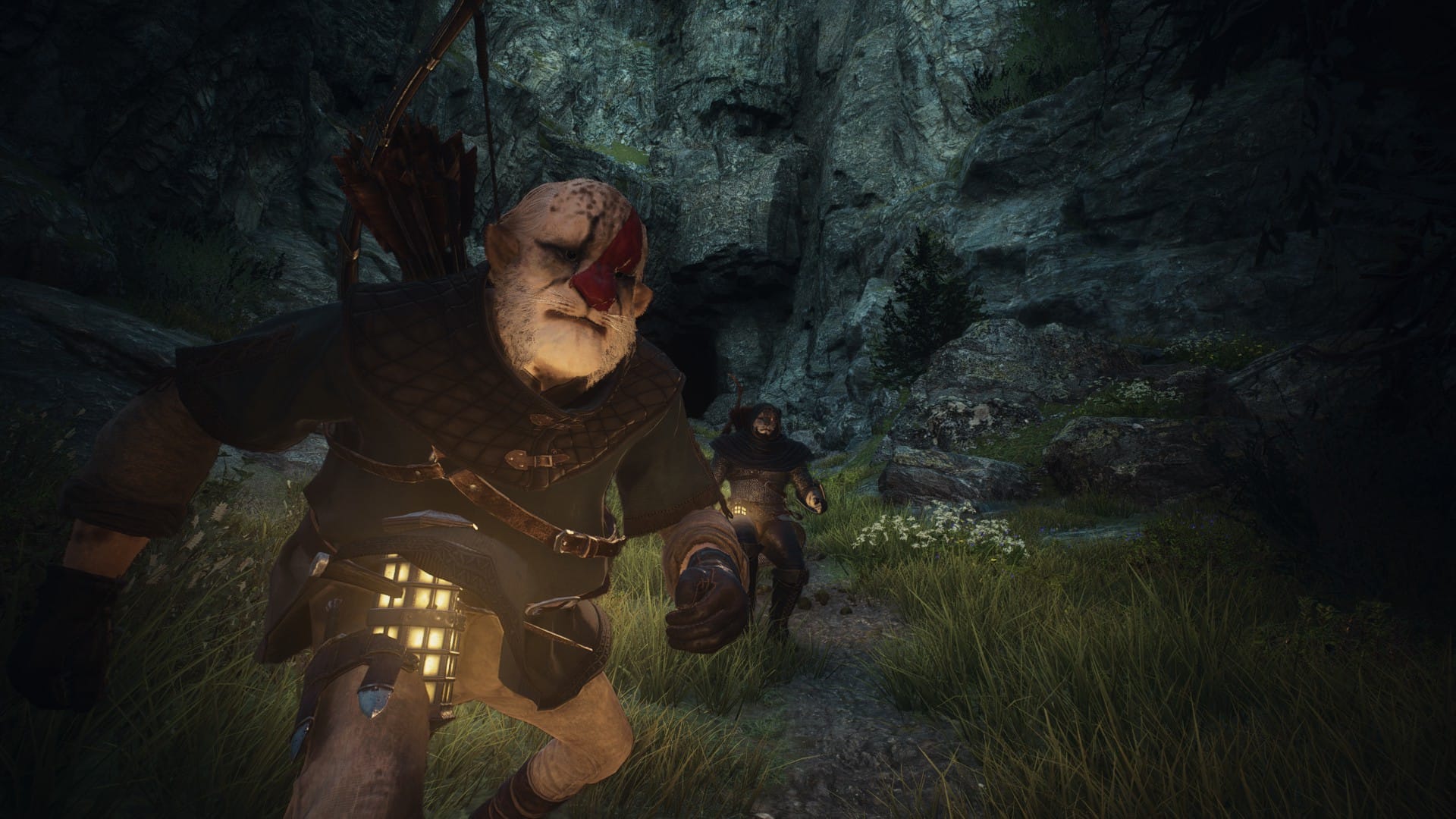Listen to Austin read this article (with additional commentary!) here.
In a couple of days, on Remap Radio, you'll be able to hear me and Patrick discuss our early hours impressions of Dragon's Dogma 2—Capcom’s frankly huge sequel to their 2012 open world action RPG and its 2013 expansion Dark Arisen. But, given my deep love of the first game and its expansion, I wanted to put something out there in time for today’s embargo.
I also want to hold myself to a promise I made myself last year, which is: When I have the desire to write something, I should write it (even when I don’t have the time to give it the polish and precision I would’ve given it back in my old days as at Paste, or Giant Bomb, or Waypoint).
And hey, spoilers, I also just really like this game—I’ve put dozens of hours into it despite a packed schedule right now, and I wanted to pour that enjoyment into some words that I could share with you.
So: I wanna share four big thoughts about Dragon’s Dogma 2.
If you don’t know anything about Dragon’s Dogma, that’s fine, the short version is that it is a big open world, action RPG series from Capcom, including some of the folks behind Devil May Cry and Monster Hunter. It has a big focus on character creation, class variety, and combat feel, and its secret sauce has always been its pawns, recruitable NPC party members who are borrowed from other players, learn things about the game world while you adventure with them, and then return with that knowledge the next time their player boots the game up.
Okay, that’s the gist, here’s four big thoughts.

One: I didn’t expect so many caves!
Let’s say you’re not a Dragon’s Dogma person. That’s fine. A lot of people come to RPGs for bold characters, or a focus on lots of novel narrative content, or complex worlds and factions and situations—and while I truly love the first Dragon’s Dogma (and the particular turns its own story eventually takes), its focus wasn’t on those things. So maybe you skipped it or bounced off of it, even though people like me couldn’t shut up about how good the Magick Archer was—it’s still good, by the way.
So: You might be surprised when I say that the first Dragon’s Dogma, despite being a fantasy RPG-ass fantasy RPG, didn’t have that many caves. Seriously, like… Dripstone Cave, the Bandits Den, Frontier’s Caverns… more broadly, Watergod’s Altar, Ancient Quarry… like six, okay, maybe like 8 caves. Total!
You might now be thinking: “Austin, why is the first big thought you’re sharing about caves”?
This content is for registered subscribers only
Register now to access "Four Thoughts on Dragon's Dogma".
Sign up now Already have an account? Sign in